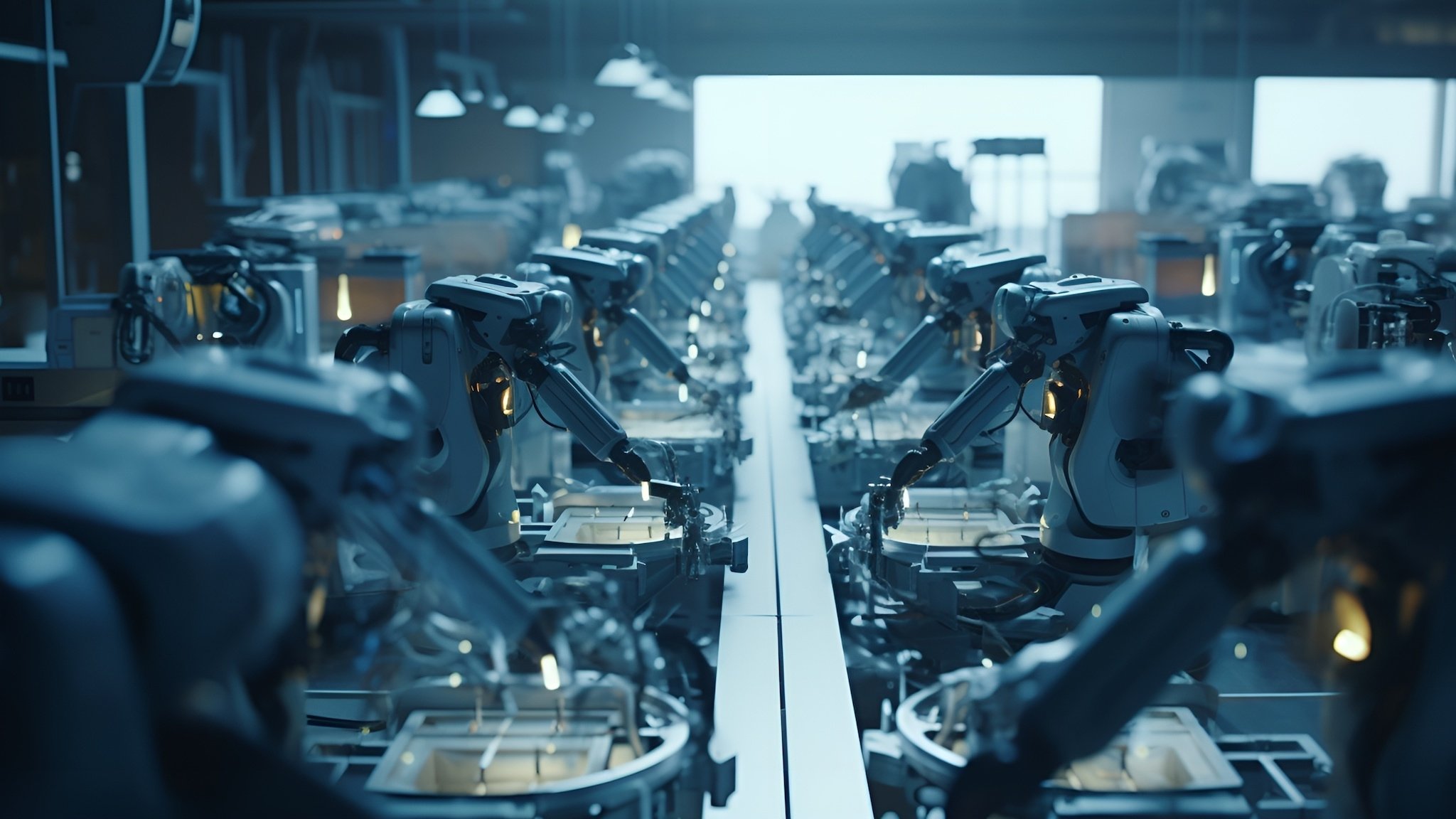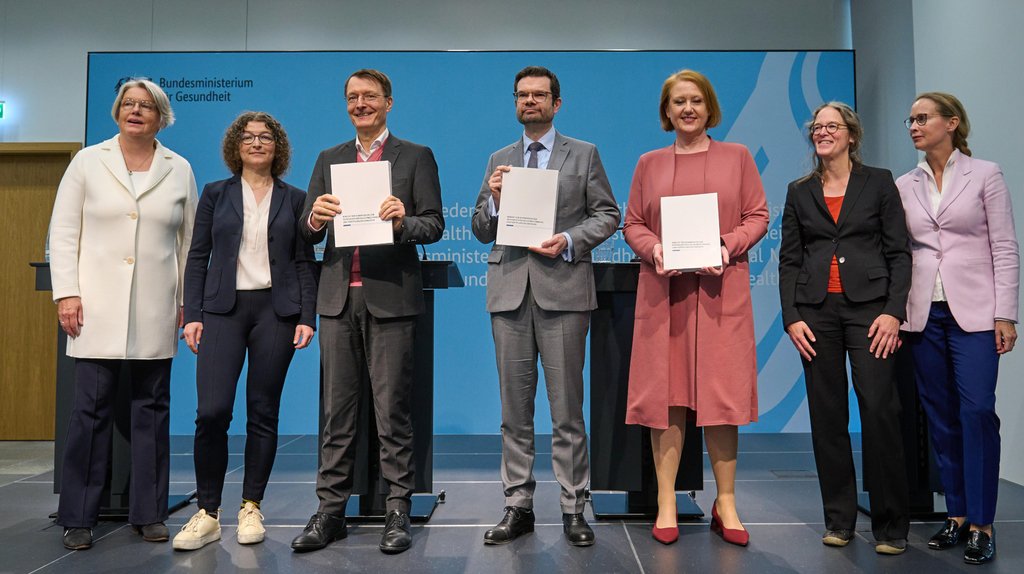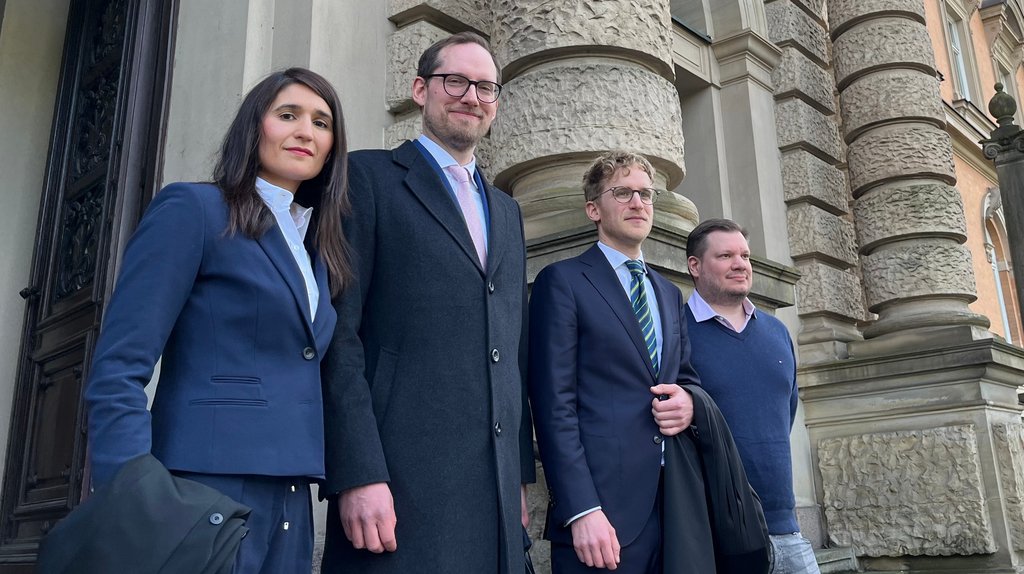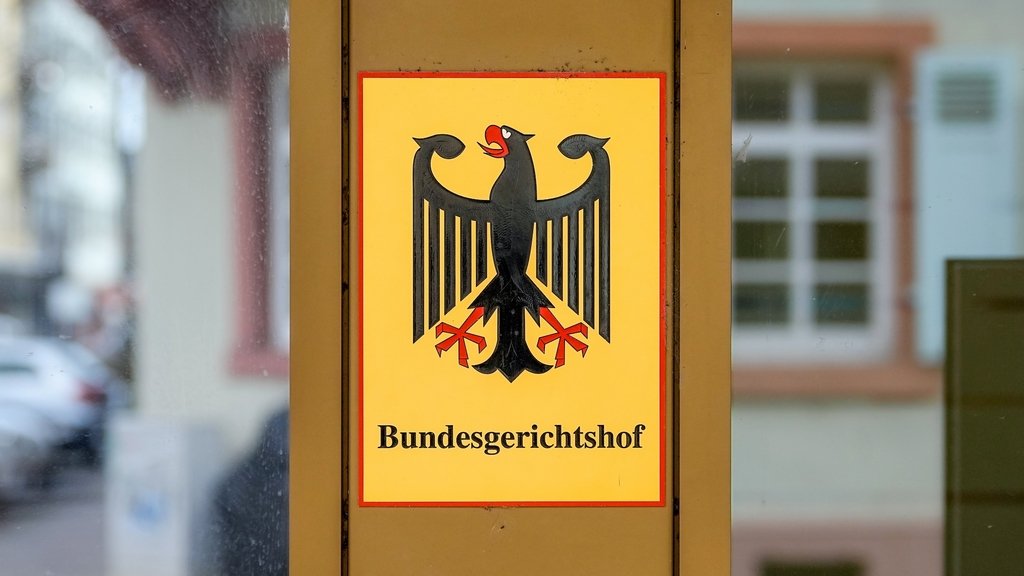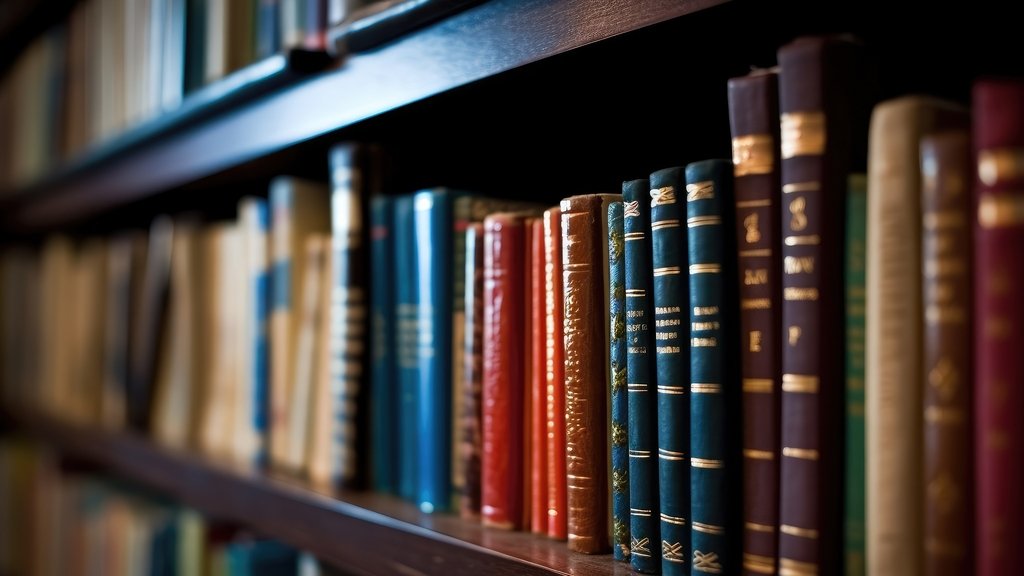Copyright law is, due to the use of creative AI, once again facing immense challenges. This also applies to publishers, film producers and other rights exploiters, who must now make proper preparations, says Jan Bernd Nordemann.
Everyone is talking about copyright and artificial intelligence (AI). So far, the debate has mainly focused on the impact that AI will have on creators. Few novelists, however, exploit their written novels themselves. Most involve a publisher who markets the novel. Even fewer screenwriters film their works themselves. The filming is regularly done by a film producer who shoulders the not inconsiderable investment and risk. The same applies to computer game authors and developers who give their rights to game publishers.
Books and games publishers, film producers, and other exploiters are therefore also affected by all the issues surrounding AI and copyright - there is a lot coming their way.
The sticking point: No copyright protection for AI products
For publishers and producers, there are several things to consider when dealing with AI in the context of copyright. The most important thing for them (as well as for authors) is that, in the vast majority of use cases, it cannot be assumed that AI-generated products are protected by copyright.
For copyright protection to arise, the personality of a human being must be reflected in AI-generated product. For AI products, this means that there must have been sufficient human impact on the specific AI-generated product.
Prompters, meaning the operators of generative AI systems who give the AI instructions for action – so-called prompts – have a great influence on the generated AI product, at least in theory. For example, if you let ChatGPT write an article on certain keywords, you give the AI at least the rough direction of how and for whom it should write the text. Nevertheless, the prompter cannot predict in detail the specific creative characteristics of what is created by the AI. Rather, the prompter provides the idea on which the AI bases the output.
As long as the prompter enters mere ideas, there can in principle be no copyright protection of the AI-generated output for the prompter, even if this can certainly be assessed differently in individual cases. Only if the prompting goes beyond a mere idea and e.g., contains a sufficiently original abstract, it will enjoy copyright protection.
How can publishers and producers then protect AI-generated content?
For publishers and producers, this is a crucial question. Because usually there is no copyright protection for AI output such as images from the AI image generator MidJourney, they must develop alternative protection concepts for their content at an early stage. The most practical approach is to a priori prevent the use of their content. But finally, without copyright protection, there is also an enforcement deficit. This could be compensated, for example, through technical copy protection mechanisms.
At second glance, the neighboring rights (related rights) granted by the Copyright Acts of the EU member states (like e.g., the German Copyright Act) come into consideration. Even without genuine copyright protection of the content, with the help of neighboring rights, publishers and producers can still obtain an exclusive right to the AI-generated content.
For example, the German neighboring right for film producers or for music producers could be considered. Next to them, the role of AI-generated products especially within the framework of the German new press publishers’ neighboring right (relying on Art. 15 EU DSM Directive 2019/790) is still unclear. The crux of the matter is that the term of protection of these neighboring rights is typically much shorter than genuine copyright protection.
It should always be clear what content has been AI-generated
It should also be important for publishers and producers to include contractual transparency obligations for creators in their license agreements. They need to know whether and to what extent AI was used to generate the creative content. This is the only way they can assess whether individual parts or even the entire content used by them does not enjoy copyright protection.
Furthermore, for the publishers and producer transparency also seems to make sense in order to identify liability risks. For example, a film producer who invests large sums in the production of a film should know whether the screenwriter used AI to write the script. This is because, within certain limits, AI produces unpredictable output, which may include copyright infringements of third party works. Only when the use of AI is made transparent, publishers and producers can consider whether they need to take actions to mitigate liability risks. Also, transparency is important in order to evaluate whether transparency obligations pursuant Art. 19 EU DSM Directive 2019/790 (and the respective implementation into the national EU copyright laws) must be complied with.
Use of copyright protected works for training AI
The second AI-induced facet of copyright issues that publishers and producers must deal with is the training of AI systems with copyright protected content.
The artificial neural networks on which most AI-applications are based nowadays, must be fed with a large amount of training data before they are ready for use. The necessary data sets also include copyrighted works that have been downloaded, especially from freely available internet sources, with the help of so-called web crawlers – without the explicit consent of the rightsholders concerned
Whether rightsholders and especially publishers and producers must tolerate the use of their works by third parties for AI training depends largely on the applicability of the new copyright limitation provision for text and data mining (Art. 4 EU DSM Directive 2019/790 and its national implementation, e.g. Section 44b German Copyright Act). Even if it has not yet been conclusively clarified whether AI training falls under this provision, there is a lot to be said for it.
However, if publishers and producers want to prevent the use of their works by third parties for the training of AI, they have the possibility to declare a reservation of use. If it is implemented in accordance with the legal requirements, it ends the limitation effect of the limitation provision.
But it still gets tricky, because the EU legal framework does not require that the content downloaded in each case was lawfully displayed on the internet. So, if the works have become part of a public training data set (unlawfully, but the training data set itself is publicly available), third parties can in principle lawfully download the content again to train AI. If this is not desired by users, they must therefore take action against the creators of the training data sets at an early stage.
Using own content for AI training
Otherwise, publishers and producers may also have an interest in developing AI for their own purposes. In these cases, they also need a lot of training data. Since they usually have a large repertoire of copyright-protected works, the question arises for them as to whether they may use this repertoire to train their own AI. The concrete arrangement of the license agreements concluded with the authors is decisive here.
In any case, AI training is an independent type of use, which can thus also be specifically licensed. Here, the question comes up for publishers and producers if they own these right – or if they are still with the author. Under some copyright regimes – like the German Copyright Act - specific language must be exist in the license agreements in order for these rights to be granted to the publishers or producer and to be able to use the works for training an AI.
For older license agreements, also the issue of licensing unknown media uses can come up. For example, in German copyright law, it generally allowed to grant unknown media rights, but such grants must be in writing.
All in all, AI moves copyright law not only for AI developers and authors. For publishers and producers, the growing use of generative AI is accompanied by a long copyright to-do list, too. The issues presented here are only the tip of the iceberg. In general, it is important to act proactively and quickly and to keep an eye on current copyright developments in detail.
This text is a translated version of the text published in German on 11 May 2023.
The author Prof. Dr Jan Bernd Nordemann is Attorney-at-law from Berlin, Germany, specialising in copyright, trademark, and competition law, among other areas.
Copyright in times of artificial intelligence: Machine-made and unprotected? . In: Legal Tribune Online, 14.06.2023 , https://www.lto.de/persistent/a_id/51980/ (abgerufen am: 29.04.2024 )
Infos zum Zitiervorschlag
